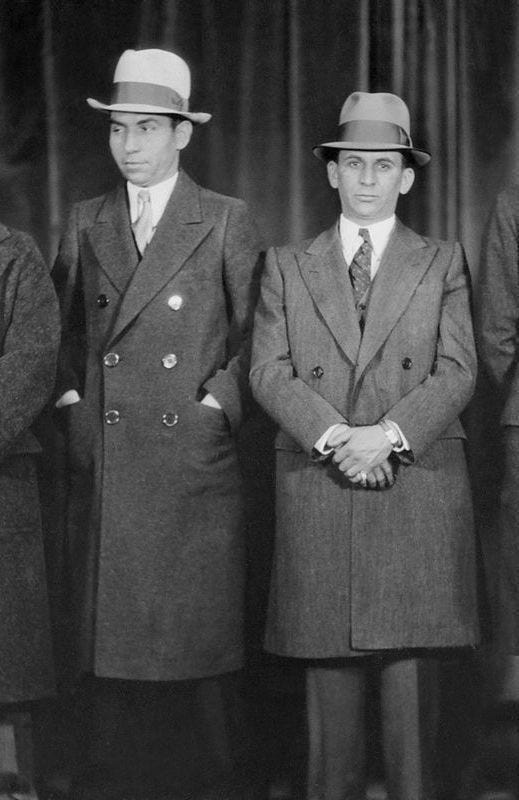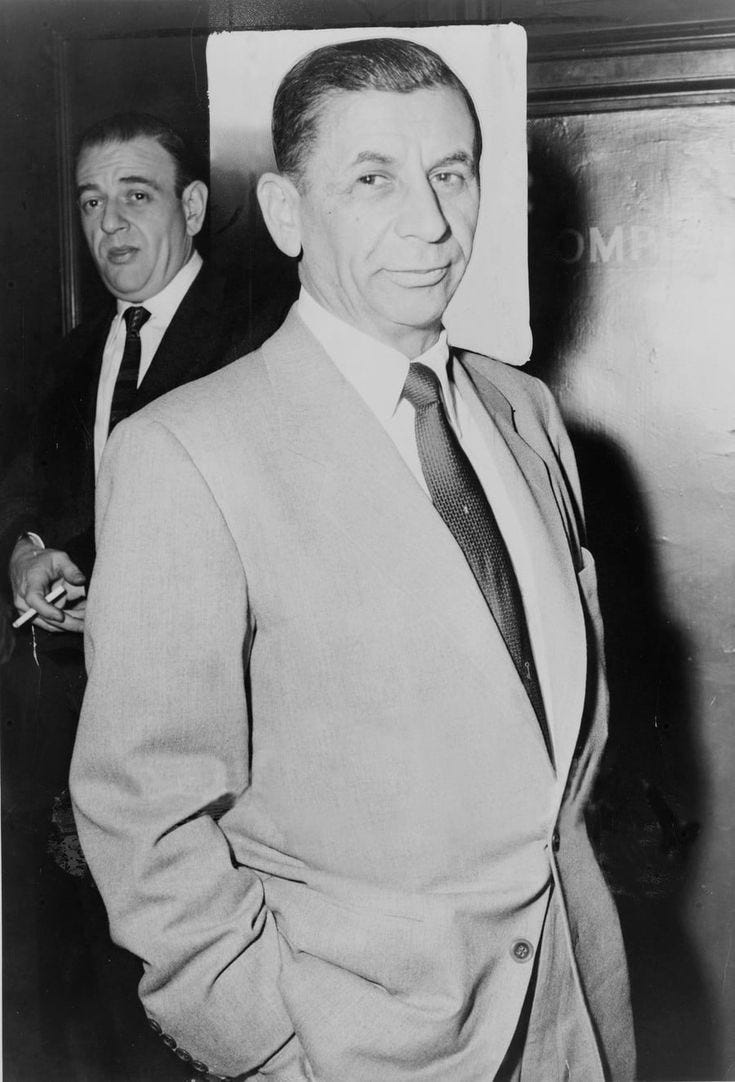Meyer Lansky and the Cuban Casino Scandal: How the Mob’s Mastermind Lost a Criminal Empire
During the 1940s and 1950s, Meyer Lansky built an empire in Cuba, turning Havana into the Las Vegas of the Caribbean and one of the mob’s most profitable ventures. With the support of Cuban dictator Fulgencio Batista, Lansky and other American mobsters were given free rein to run casinos and luxury hotels, catering to wealthy tourists and pulling in millions in profits. Lansky’s connections and financial acumen made Havana one of the mob’s most lucrative territories—until it all came crashing down.
In exchange for the mob’s investment and influence in Cuban tourism, Lansky made sure that Batista’s government received a generous cut of the profits. This arrangement, however, came at a price for the Cuban people, who increasingly viewed Batista’s regime as corrupt and authoritarian. Anti-Batista sentiment spread across Cuba, and by the late 1950s, revolutionary forces led by Fidel Castro were gaining strength.
In January 1959, Castro’s forces finally overthrew Batista’s regime, and Lansky’s empire took a sudden and devastating hit. One of Castro’s first moves was to nationalize foreign-owned businesses—including all of the casinos and hotels operated by the American mob. Lansky’s assets in Cuba, valued in the tens of millions, were suddenly worthless. Overnight, Havana went from a mob paradise to a financial nightmare for Lansky and his associates.
Lansky’s Cuban losses were a significant blow to his criminal empire, and they marked the beginning of a decline for organized crime’s influence in international casinos. This scandal not only cost Lansky millions but also symbolized a major shift in organized crime, as Castro’s revolution severed the ties between American mobsters and the Cuban government.




